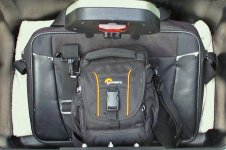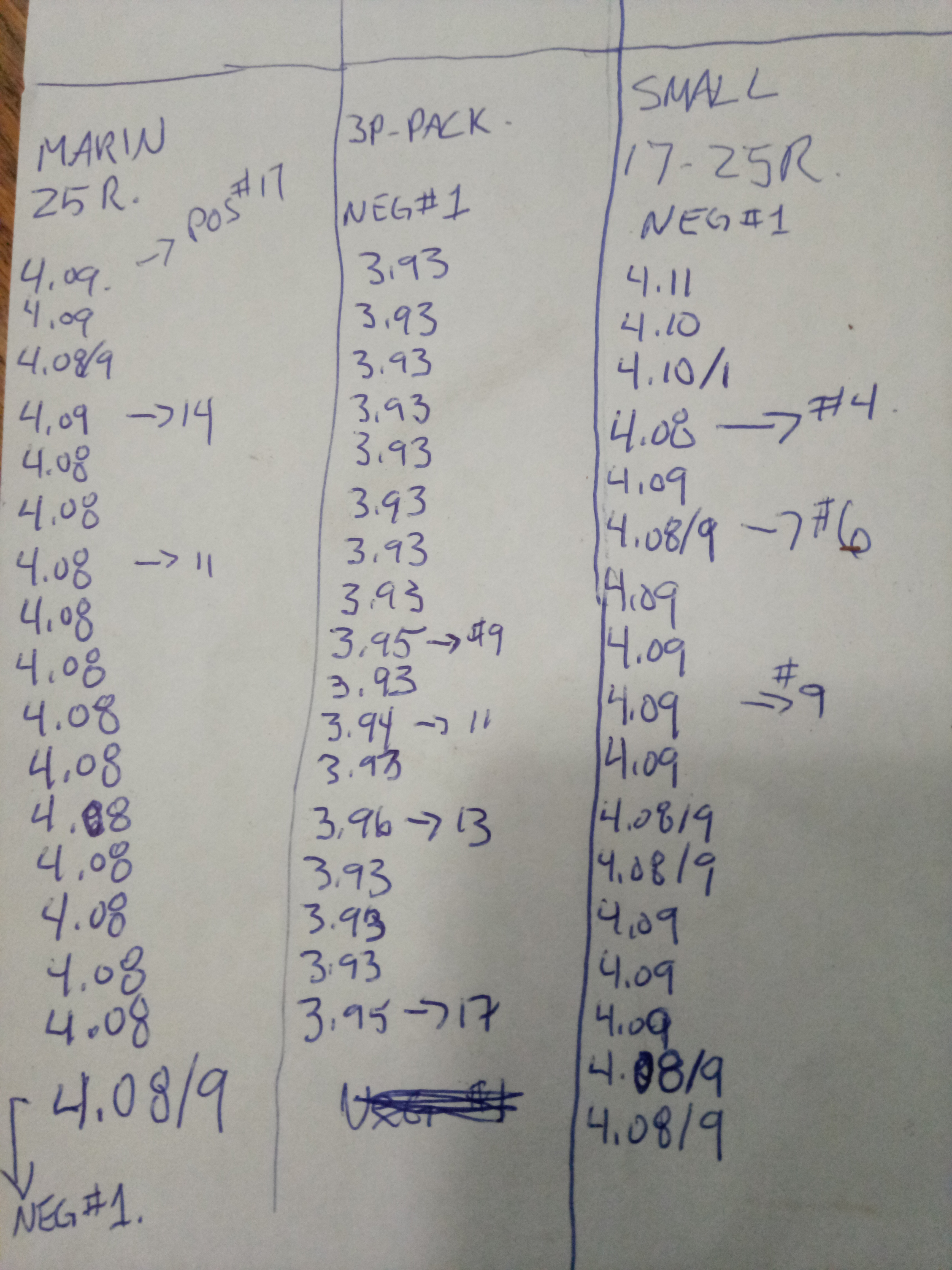eMark
100 kW
Here's a sneak preview (undercover) look at my DIY 10S3P Samsung 30Q 141 that can be easily split (in less than 3 seconds) into two 5S3P packs for balance charging at .5C with my older UltraSport 2S-6S Balance Charger. P-groups are balanced within 4mV of each other (so far) after 150+ charge/discharge cycles :thumb:
Currently have 1,773.7 miles since August of 2019 (kept it inside from mid-November to mid-March). The DIY build was a winter project using a Vruzend V2.1 Kit. It took awhile before i settled on what i felt was the best build and the best solution for splitting the 10S3P into two 5S3P. Like most projects it seems simple enough, but your first DIY build is always more challenging and by all means safety, safety, safety is numero uno !
The other battery that I rotate with my 10S3P 30Q slides in underneath the Plano container. That HD Plano container is just one of several modifications ... don't we all love making modifications :thumb:
Currently have 1,773.7 miles since August of 2019 (kept it inside from mid-November to mid-March). The DIY build was a winter project using a Vruzend V2.1 Kit. It took awhile before i settled on what i felt was the best build and the best solution for splitting the 10S3P into two 5S3P. Like most projects it seems simple enough, but your first DIY build is always more challenging and by all means safety, safety, safety is numero uno !
The other battery that I rotate with my 10S3P 30Q slides in underneath the Plano container. That HD Plano container is just one of several modifications ... don't we all love making modifications :thumb:



